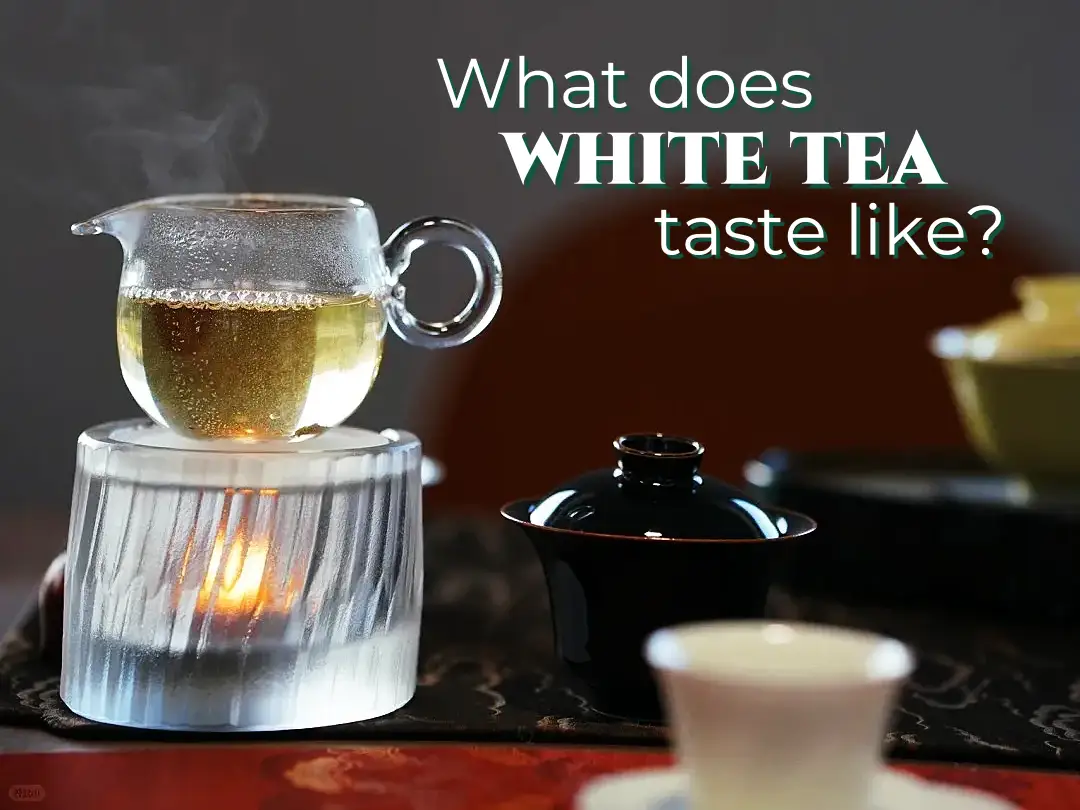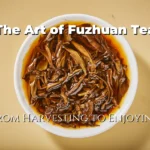White tea, a delicate and nuanced beverage, has captivated enthusiasts for centuries. Originating from the Camellia sinensis plant, this exquisite tea variety is renowned for its subtle flavors and numerous health benefits. In this comprehensive guide, we’ll explore the unique taste profile of white tea, delve into popular varieties like White Peony and Shou Mei, and uncover the factors that influence its distinct flavor.
The Subtle Elegance of White Tea Flavors
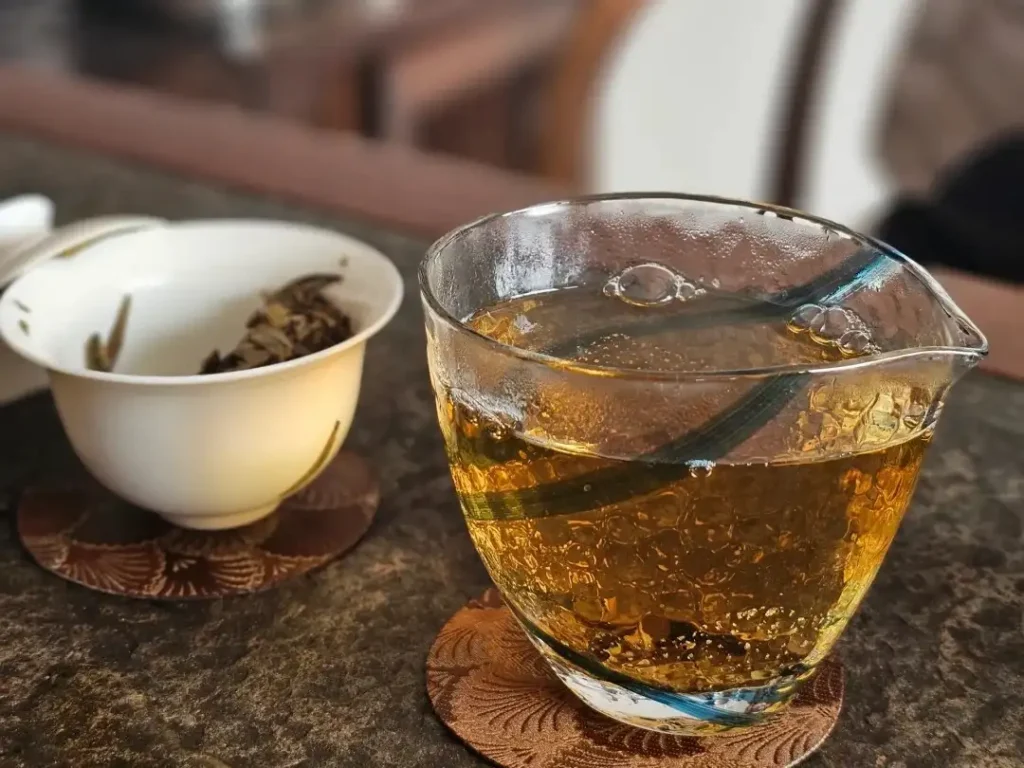
White tea is often described as having a light, delicate, and refreshing taste. Unlike its more robust counterparts, such as black or oolong teas, white tea offers a gentle and nuanced flavor profile that can be both intriguing and elusive. The taste of white tea is characterized by its subtle sweetness and floral notes. Many tea connoisseurs detect hints of honey, melon, or even cucumber in high-quality teas. The flavor is often described as clean and crisp, with a smooth finish that lingers pleasantly on the palate.
One of the most appealing aspects of white tea is its lack of astringency. This means that even when brewed for extended periods, white tea rarely develops the bitter or tannic flavors of over-steeped black or green teas. Instead, it maintains its delicate profile, making it an ideal choice for those who prefer milder flavors. The aroma of white tea is equally enchanting. It often carries soft, floral scents reminiscent of fresh flowers or hay. Some varieties may even have a slight vegetal or fruity fragrance, adding to the overall sensory experience.
Exploring White Peony and Shou Mei: Two Beloved White Tea Varieties
While there are several types of white tea, two varieties stand out for their popularity and distinctive characteristics: White Peony and Shou Mei. White Peony, also known as Bai Mudan, is a premium white tea with a slightly fuller flavor than other white tea varieties. It’s made from the buds and two adjacent young leaves of the Camellia sinensis plant, typically harvested in early spring.
The taste of White Peony is often described as mellow and smooth, with a subtle sweetness and floral undertones. Some tea enthusiasts detect chestnut or fresh grass notes in high-quality White Peony teas. The liquor is typically pale gold or light amber, with a gentle aroma that hints at its delicate flavor.
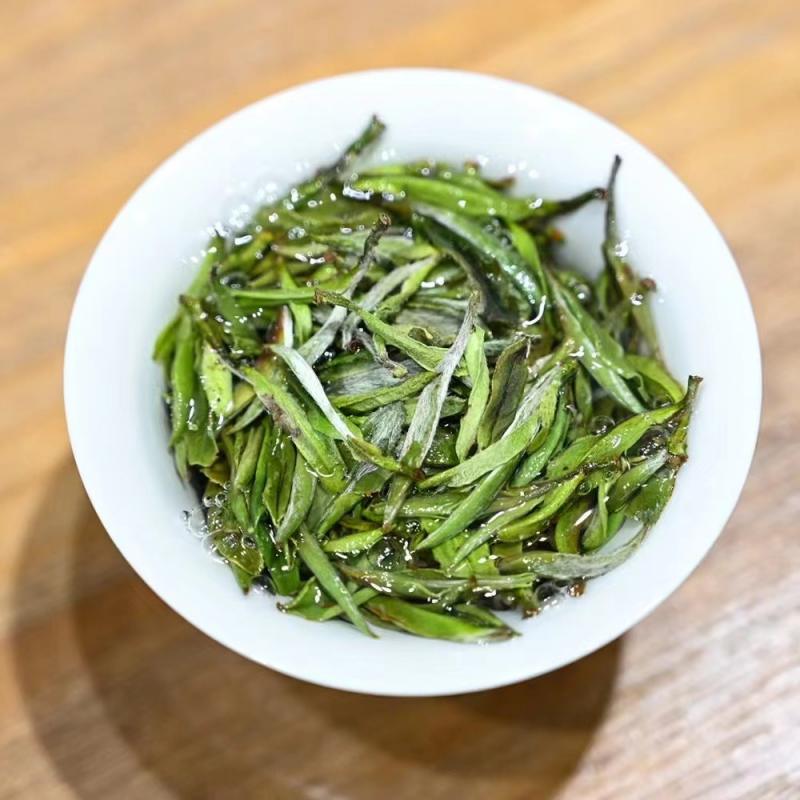
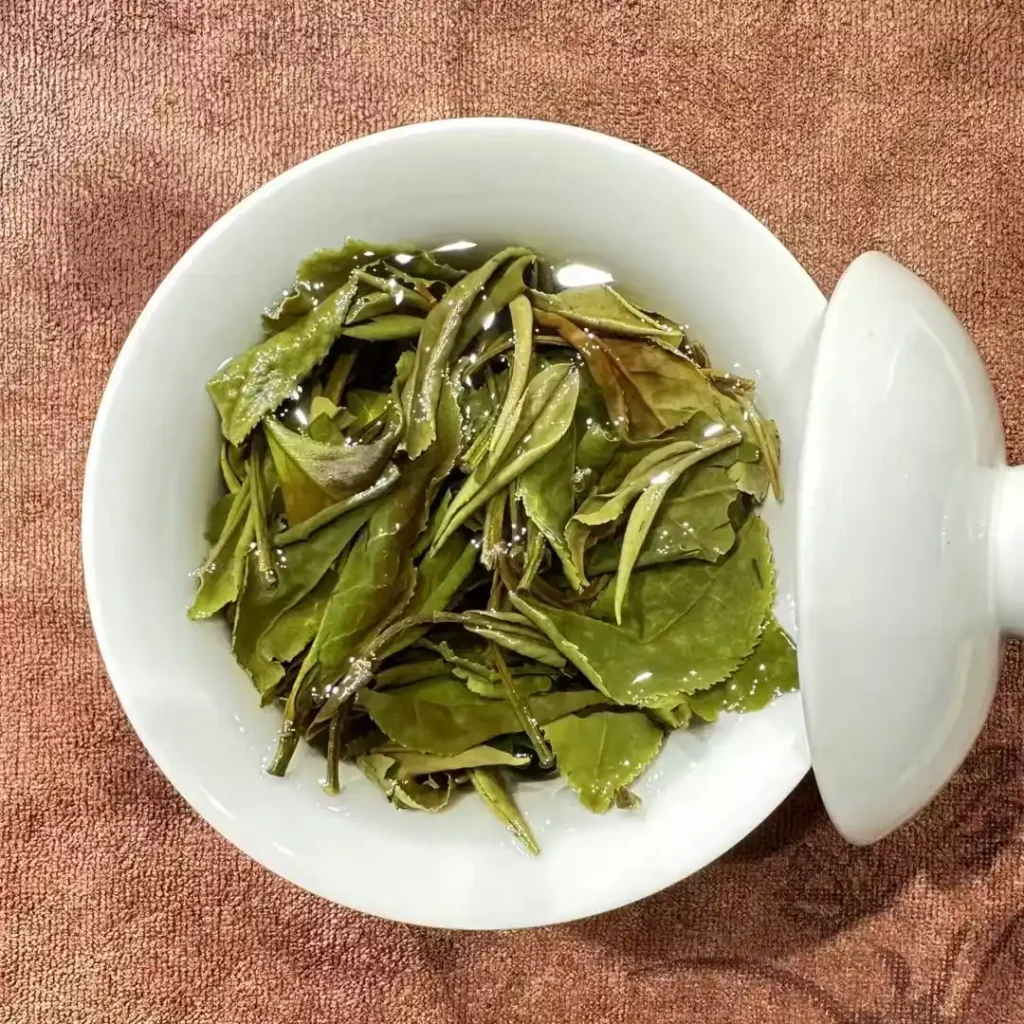
Conversely, Shou Mei is considered a lower grade of white tea than White Peony. It’s made from more mature leaves and sometimes includes stems, resulting in a slightly stronger flavor profile. Despite being less prized than White Peony, Shou Mei offers a unique charm and taste experience.
Shou Mei’s flavor is often described as fuller-bodied and more robust than other white teas. It can have woody or nutty notes, with a subtle sweetness that lingers on the palate. The liquor tends to be darker, ranging from golden to light brown, reflecting its more mature leaf composition. Both White Peony and Shou Mei showcase the versatility of white tea flavors, demonstrating how factors such as leaf maturity and processing methods can influence the final taste profile.
Factors Influencing the Taste of White Tea
| Factor | Description |
|---|---|
| Terroir | The soil composition, climate, and altitude of the tea-growing region shape the tea’s flavor. High-altitude areas often produce more complex flavors due to slower plant growth. |
| Harvesting Time | White tea is made from the youngest buds and leaves, usually picked in early spring. This results in a delicate flavor and a high concentration of beneficial compounds. Later harvests may produce more vegetal notes. |
| Processing Methods | White tea is minimally processed, involving withering and drying. This gentle approach preserves natural flavors and antioxidants, allowing the tea’s inherent characteristics to stand out. |
The unique flavor of white tea is influenced by various factors, from cultivation practices to brewing techniques. Understanding these elements can help tea enthusiasts appreciate the nuances of the product and optimize their brewing methods for the best taste experience. Terroir plays a significant role in shaping the flavor of white tea. The tea-growing region’s soil composition, climate, and altitude all contribute to the tea’s final taste profile. For example, white teas grown in high-altitude areas often develop more complex flavors due to slower growth and increased stress on the tea plants.
Harvesting time is another crucial factor. White teas are typically made from the youngest buds and leaves, often picked in early spring. This early harvest contributes to the tea’s delicate flavor and high concentration of beneficial compounds. Teas harvested later in the season may have a slightly different taste profile, often with more pronounced vegetal notes.
Processing methods also significantly impact the taste of white tea. White tea is minimally processed, unlike other tea varieties that undergo extensive oxidation or fermentation. The leaves are usually withered and dried, preserving their natural flavors and antioxidants. This gentle processing allows the tea’s inherent characteristics to shine through in the final brew.
The quality of the tea leaves themselves is paramount. High-quality white teas, such as those offered by premium tea rooms like Orientaleaf, are often made from carefully selected, hand-picked leaves. These superior leaves produce a more refined and nuanced flavor profile than lower-grade teas. Storage conditions can also impact the taste of white tea over time. Properly stored white tea can improve with age, developing more complex and mellow flavors. However, exposure to moisture, light, or strong odors can negatively affect the tea’s taste and aroma.
Conclusion
In conclusion, the taste of white tea is a delicate and complex interplay of various factors. From the subtle sweetness of White Peony to the fuller-bodied notes of Shou Mei, white tea offers diverse flavor experiences. By understanding the elements that influence its taste, tea enthusiasts can better appreciate the nuances of this exquisite beverage and discover their personal preferences within the world of white tea.
We serve thousands of satisfied tea enthusiasts in our tea house each year, and we’re excited to share these exceptional teas with tea lovers worldwide at Orientaleaf.com.

References
- Wan, X., Li, D., & Zhang, Z. (2008). Green tea and black tea: Manufacturing and consumption. In Y. F. Chu (Ed.), Tea and tea products: Chemistry and health-promoting properties (pp. 1-8). CRC Press.
- Hilal, Y., & Engelhardt, U. (2007). Characterisation of white tea – Comparison to green and black tea. Journal of Consumer Protection and Food Safety, 2(4), 414-421.
- Wang, Y., Ho, C. T., Li, N., & Zhao, D. (2008). Protective effect of white tea against H2O2-induced oxidative stress in PC12 cells. Journal of Agricultural and Food Chemistry, 56(13), 4885-4895.
- Zhen, Y. S. (2002). Tea: Bioactivity and therapeutic potential. CRC Press.
- Rusak, G., Komes, D., Likić, S., Horžić, D., & Kovač, M. (2008). Phenolic content and antioxidative capacity of green and white tea extracts depending on extraction conditions and the solvent used. Food Chemistry, 110(4), 852-858.
